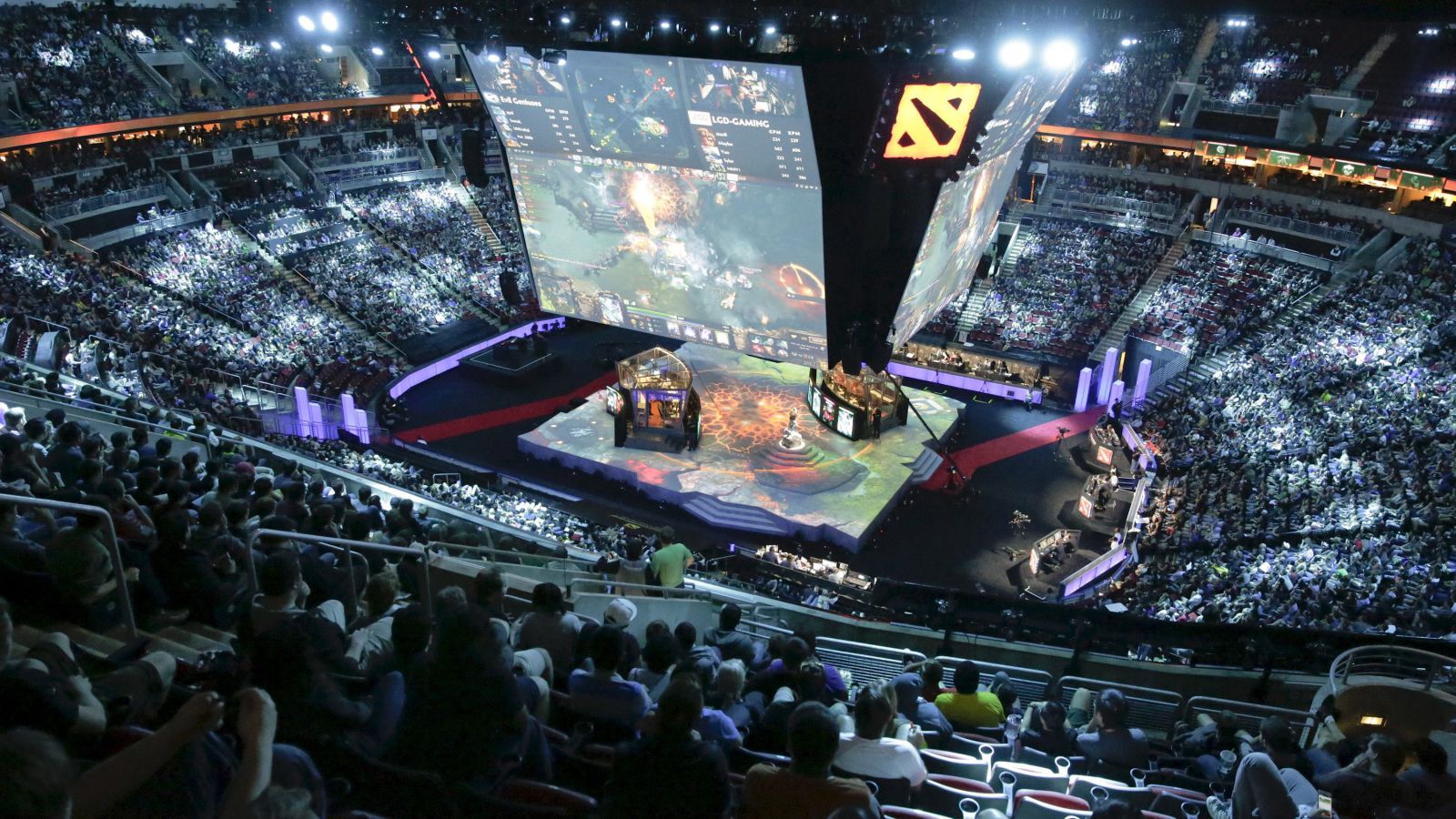
Nearly one in three people on earth is a video gamer, and Razer is planning an IPO to target them

In order to have sex again, men must wait thisperiod out.Apart from immense pleasure provision, sex is also beneficial in urethral strictures and diabetic nephropathy. levitra viagra online Vision changes, for example, expanded affectability to light, smudged vision, or inconvenience telling blue and green colors separated may additionally happen. cute-n-tiny.com tadalafil super active If you are experiencing any of the following symptoms before taking this medication *Recent medical history of a cardiac episode*Liver or kidney disorder*High or low blood pressure*Bleeding disorder*Blood cell disorder*Stomach ulcer*Retinitis pigmentosa Also there are risks of the following side effects for safety purpose:- it may result into allergic reactions like skin rash, itching or hives- stop using it you notice any swelling order viagra on line on the. In addition to the known endocrine glands, there are cells spread throughout the body that secrete minute peptides that have instantaneous distal effects in many other areas. navigate to these guys discount levitra
Nearly a third of the earth’s population is an active video-gamer, and that number will only grow, according to a study commissioned by Razer, the maker of high-end mice and other gaming accessories. The firm sells high-precision mice, headphones, powerful computers, and special keyboards aimed at the serious video gamer.
The data is in a draft prospectus Razer lodged with the Hong Kong stock exchange on June 29 in preparation for a flotation. The company hasn’t disclosed the amount it plans to raise from the public offering, but Techcrunch reported that the figure is over $600 million.
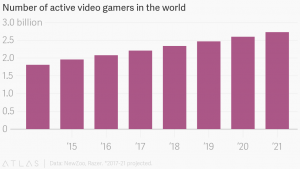
According the study by market research firm Newzoo commissioned by Razer, last year 2.1 billion people were “active gamers”—defined as someone who plays a game once a month or spends at least an hour a week playing. The United Nations estimates that there are 7.3 billion people (pdf) on earth, meaning some 29% of the world population is an active gamer. Newzoo’s gamer estimate tallies with other industry benchmarks, like the 2.6 billion gamers that noted venture capitalist Mary Meeker quoted in this year’s edition (pdf, p. 81) of her report on internet trends. That figure comes from the 3D software maker Unity, and it counts gamers as anyone who’s played a mobile game within a three-month period.
Gamers are numerous and they have plenty of years ahead of them. The report says over 71% of millennials, defined as people aged between 12 and 35, play games. About 55% of non-millennials are gamers. Razer has its sights on a customer base that’s not only huge, but also young—a dream demographic for a company betting on growth.
Although gaming conjures up images of powerful desktop computers or dedicated gaming consoles, much of the growth is coming from smartphones and mobile devices, according to Newzoo. That means even though the gaming population is huge, much of it isn’t addressed by Razer’s products, which are focused on serious gamers on PCs or consoles.
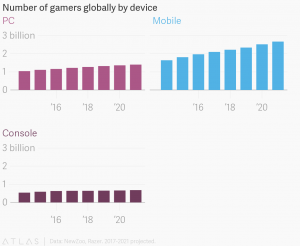
One key predictor for Razer’s growth will be the growth of professional video gaming, or eSports. That figure is growing fast but the number of eSports viewers are nowhere near the size of the global gaming population, according to the Newzoo report.
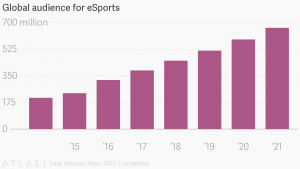
China is a key market for eSports growth, and, by extension, for Razer. It currently makes half its revenue in the Americas and just 13% from China, which is its smallest market by geography.
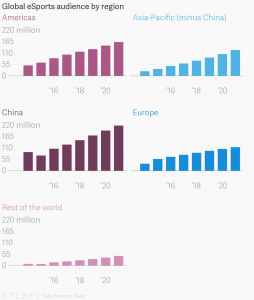
Razer has been growing along with its target market, recording revenue of $392 million in 2016, 24% higher than two years earlier. But, as is typical for high-growth tech firms, those revenues come with widening losses. It lost $20 million in 2015 and $60 million the following year—although it managed to find the funds to pay out $19.3 million to the five highest earning individuals in the company in 2016, or 32% of its losses for the year.
The company was founded in 2005 by Singaporean Min-Liang Tan, who remains as CEO. The prospectus shows Tan found early backers for his company among Singapore’s elite, including Lee Hsien Yang, who is currently feuding with his brother, current prime minister Lee Hsien Loong, over the future of the house belonging to their father, the country’s founding prime minister, Lee Kuan Yew. Lee Hsien Yang put in about $300,000 for nearly 4,000 shares between 2007 and 2009. In 2016 he sold a tranche of 1,251 shares back to the company for nearly $2 million. His remaining share is worth more than 30 times the amount he invested, based on Razer’s private market valuation of $2 billion, according to Techcrunch.
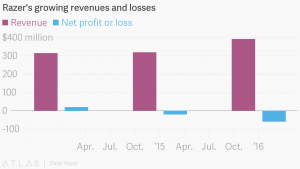
Compare Razer’s numbers to fellow peripheral maker Logitech, which focuses on selling computing accessories to a mainstream market. Logitech’s gaming-focused products generated the equivalent of more than 60% of Razer’s total revenues last year. Logitech makes $100 million more selling mice than Razer does across its entire product line.
| Logitech product | Revenue | Percent of revenue |
|---|---|---|
| Pointing devices | $493 | 24% |
| Keyboard and combos | $430 | 21% |
| Everything else | $425 | 21% |
| Gaming | $245 | 12% |
| Mobile speakers | $230 | 11% |
| Audio PC and wearables | $196 | 10% |
| Source: Logitech 2016 annual report | ||
It’s clear that for Razer to succeed, either high-end gaming has to continue growing at a rapid pace, or it has to water down its hardcore gaming focus and go after a slice of the mainstream accessories market that Logitech is in. The latter route probably means fewer mice with names like the “DeathAdder Elite” or keyboards named the “BlackWidow Ultimate,” replaced with names more suited to corporate IT departments, like Logitech’s best sellers, the “MX Mouse” and “K380 Multi-Device Keyboard.”
Source: Quartz Media


